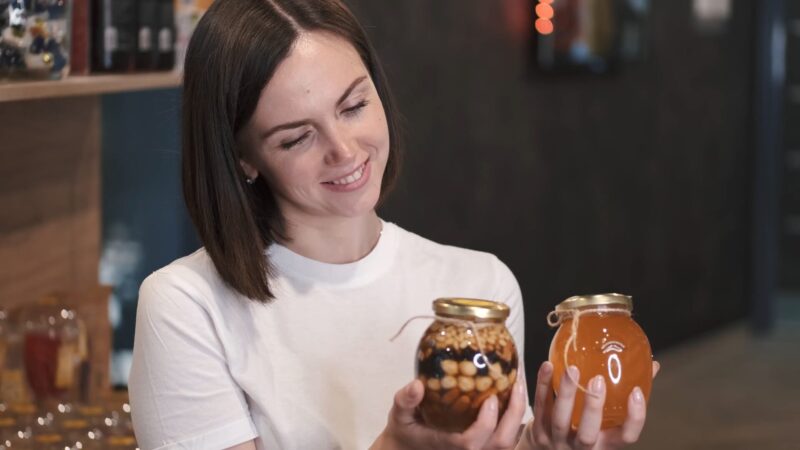What is “Social Exchange Theory”?
Hello everyone. Today, I will delve deeper into social exchange theory than ever before, and introduce a wide range of topics, from the process by which the theory came into being, to its evolving concepts, and even how to apply it to marketing strategies in the modern digital age.
Social exchange theory is more than just an academic framework; it is useful in all aspects of business, including building long-term relationships with customers, maximizing brand value, and optimizing communication within an organization.
By watching this video to the end, you will understand the essence of the theory and gain a practical perspective that you can immediately incorporate into your own marketing activities. Now let’s get into the main story.
The Origins and Theoretical Foundations of Social Exchange Theory

Social exchange theory began to develop in the fields of psychology and sociology in the 1950s and 1960s.
The perspective of analyzing relationships in terms of benefits and costs, similar to economic transactions, was initially used as a tool to elucidate the emotional rewards and burdens of romantic relationships and friendships.
Early researchers attempted to explain the motivations behind why people choose certain relationships and leave others, introducing concepts such as reciprocity and balance.
Since then, in collaboration with rational choice theory, game theory, and social structure theory, it has evolved into a complex framework that goes beyond maximizing short-term profits and encompasses everything from building trust to forming commitment.
Key Components and Interrelations of the Theory

There are four main keywords that are essential to understanding social exchange theory.
First of all, benefits include not only direct monetary rewards, but also psychological rewards such as a sense of security, recognition, and satisfaction.
Next, cost refers to the overall burden of maintaining a relationship, such as time investment, effort, and opportunity loss.
The comparison level is the minimum expected reward from the current relationship, below which dissatisfaction occurs.
Comparison-level alternatives are the other opportunities and options that would be available if the current relationship were terminated, and the more attractive they are, the harder it will be to maintain the status quo.
These four factors constantly interact dynamically, and people unconsciously choose their actions while weighing the balance between income and expenditure.
Exploring Trust and Commitment in Greater Depth

The development of social exchange theory focuses on the deepening of long-term relationships, which cannot be explained solely by short-term benefits and costs.
Trust is the expectation that the other party will continue to keep their promises, and commitment is the will to maintain that trusting relationship.
Once trust is built, it becomes easier to continue the relationship even in the face of unexpected problems or temporary increases in costs.
On the other hand, when trust is low, even the smallest mistake can be the deciding factor in ending the relationship.
Furthermore, due to the principle of reciprocity, the expectation that the value one gives will be returned at some point in the future strengthens the motivation to maintain the relationship.
By adopting this perspective, relationships with customers can be transformed into long-term partnerships rather than temporary transactions.
Applying the Theory through Hypothetical Case Studies

Although I cannot name actual people or companies, let’s deepen your image through hypothetical examples.
An online learning platform operates a community forum that facilitates the exchange of information between users and is regularly attended by a dedicated moderator.
Users enjoy the psychological benefits of posting questions and opinions, receiving prompt responses, and increasing their motivation to learn.
On the other hand, the platform reflects user data obtained through forum participation in the learning design, reducing the cost of content improvement.
Additionally, they have developed a system that allows users to complete the study plan contract process with just one click, significantly reducing the cost to customers of the complexity of the process.
As a result, even when users consider alternatives to migrating to other learning services, the balance between benefits and costs makes it difficult for them to deviate from the current platform, dramatically increasing the rate of continued use.
Diversification of Exchange Resources in the Digital Era

Nowadays, not only physical products but also digital resources such as content, communities, and platform functions are the main objects of exchange in marketing.
For example, exclusive online events and webinars offered by brands that allow you to interact directly with experts create psychological value that goes beyond physical rewards.
Additionally, by utilizing SNS and chatbots to provide immediate response, you can minimize the cost of customer waiting time.
These efforts faithfully embody the essence of social exchange theory’s ”optimization of benefits and costs,” in that they capture users’ digital behavior in real time and make the optimal exchange offer at the optimal time.
Managing Shifting Comparison Standards in Marketing Initiatives

Once set, a customer’s comparison level is not fixed, but constantly fluctuates due to changes in the value provided and the influence of the external environment.
If expected profits increase due to price competition and technological advances, the comparison level will also rise at the same time.
In order to respond to this dynamic level change, a sustainable value provision system is essential, rather than one-off promotions.
For example, points programs control comparison levels by regularly updating benefits and providing users with a fresh reward experience.
In addition, by analyzing customers’ hobbies and preferences and usage history, it will be possible to make individually optimized proposals and continuously provide value in accordance with comparison levels.
Securing Market Edge and Managing Substitutes

Reducing the attractiveness of comparative level alternatives is directly linked to preventing customers from leaving.
In order to design an experience that is differentiated from other companies, it is necessary to incorporate unique value from the system design stage.
For example, introducing a system that leaves community governance in the hands of users will strengthen ties between participants and create an ecosystem that is difficult to imitate with external alternative services.
As a result, customers focus on ”value that can only be obtained here,” and are motivated to continue choosing the current relationship even if other companies seem attractive due to price or conditions.
Visualizing Costs and Benefits through Data Analysis

In order to effectively implement a marketing strategy, it is necessary to quantitatively understand profits and costs and verify which measures improve the bottom line the most.
You will measure the return on investment for each customer segment using metrics such as customer lifetime value (LTV) and customer acquisition cost (CAC).
It is also important to quantify changes in psychological benefits and brand loyalty through customer surveys and NPS (Net Promoter Score).
Based on this data, you can optimize resource allocation, set priorities for further improvement measures, and refine your measures from the perspective of social exchange theory.
Limitations of the Theory and Considerations for Cultural Diversity

While social exchange theory is highly versatile, it does not apply equally in all contexts.
Because the standards for evaluating profits and costs differ due to differences in culture and values, it is essential to take an approach that is tailored to regional characteristics when expanding globally.
In certain cultures, social recognition and a sense of belonging may be more important than monetary rewards, in which case how you design psychological rewards is key.
In addition, if too much customer behavior is controlled by algorithms, there is a risk of inhibiting the formation of autonomous communities and damaging long-term trust.
Rather than just accepting theories at face value, you need to be able to customize and apply them appropriately while taking into account your company’s vision and the essential needs of your customers.
Conclusion

Today, I provided a detailed explanation of the birth and evolution of social exchange theory, explanations of its main concepts, practical examples using hypothetical examples, application methods in the digital age, dynamic management of comparison levels, control of alternatives, visualization through data analysis, and considerations for the limits and diversity of the theory.
By optimizing the balance between benefits and costs and responding appropriately to comparison levels and comparison level alternatives, you can increase customer loyalty and build long-term partnerships.
Be sure to incorporate the ideas I’ve introduced today into your marketing efforts to build stronger, more sustainable relationships.
Thank you for watching today. See you in the next video!
This article uses material from the Wikipedia article “Social exchange theory” which is released under the Creative Commons Attribution-Share-Alike License 4.0.


